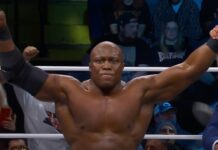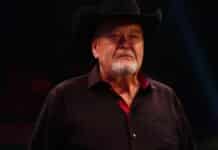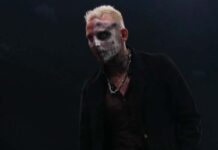During an appearance on the AEW Unrestricted podcast, Malakai Black talked about the development of his entrance in AEW:
“There’s a couple of things to that. Number one, right before I made my debut, I released this little movie on my social media platform that was a tie-in to a lot of stuff and gave some backstory as to the how, the what and the when. And there was a lot of light cuts in that particular clip until the manifestation. I wanted to see if I can have elements of that, that translated towards the bigger screen.
When I was in the other company (WWE), I had a very elaborate, bells-and-whistles kind of entrance, very produced, and not that that’s a bad thing, but I consider myself a bit of a minimalist and I wanted to see if I can create something similar by just using the bare minimum. When we talk about television wrestling, it’s obviously very different than live events, it’s very different than regular professional rasslin’, basically – it needs to translate.
So I started thinking, how do I translate something on TV that gives a different impression, and that translates well in the theatrical aspect on television, so I came up with the three light cuts with three different positions. I asked myself how can I create an entrance based off of light cuts, and just using three simple lights. And the result is what you see on TV, and it literally is one of the easiest entrances that we have, but taking your word for it, it’s one of the more unique ones that has been displayed in professional wrestling, especially current day.
I wanted to switch away from the bells and whistles, and just make something that is minimalistic in nature but still has a very memorable impression to people at home, to the people in the audience. I think it’s an incredible thing now that in the span of seven-eight weeks, the second that the lights cut, they know what time it is, and the people just come up. And then as soon as the first note of the song plays, everybody quiets down, because everybody wants to be involved and everybody wants to feel the entrance, and to me, as a professional wrestling, as a performer, as someone that works in television and wrestling, that’s what I want.
I want the audience to be an integral part of my entrance and I want them to connect and feel to what it is that I’m doing. I want it to be an experience, so from the get-go, I wanted their attention, and this is how in my head I visualised that and I’m glad that it paid off.
I also have to thank Tony (Khan) for allowing me to build this and giving me the trust, because the conversation literally went like, ‘Well if I can’t get it done in three months then maybe we see if I’m a good fit’, and we did it in less than four weeks, so that was very rewarding, but that’s basically the thought process and the manifestation behind my entrance.”







